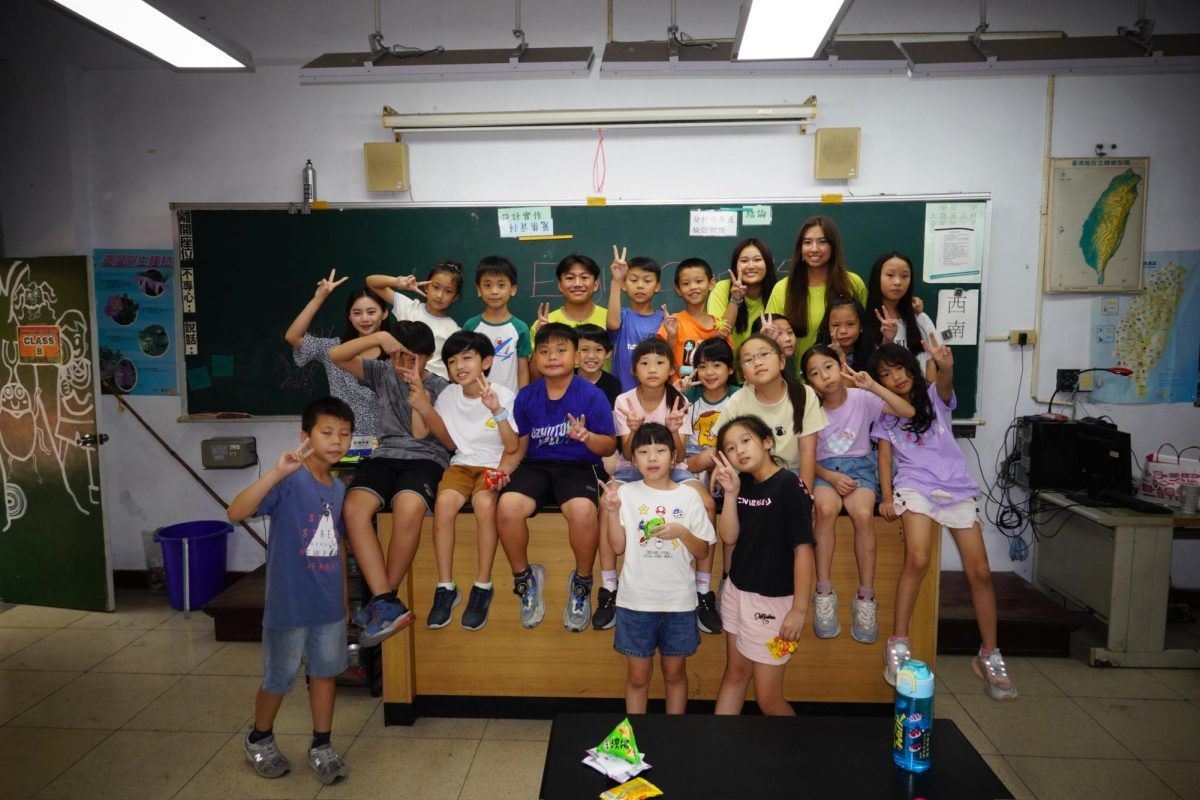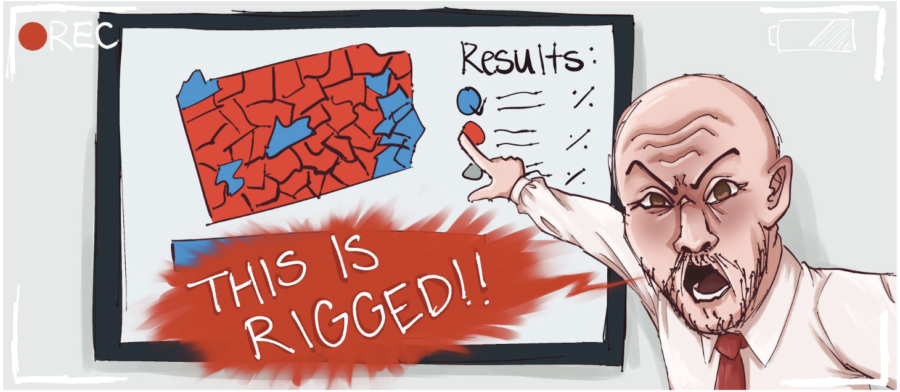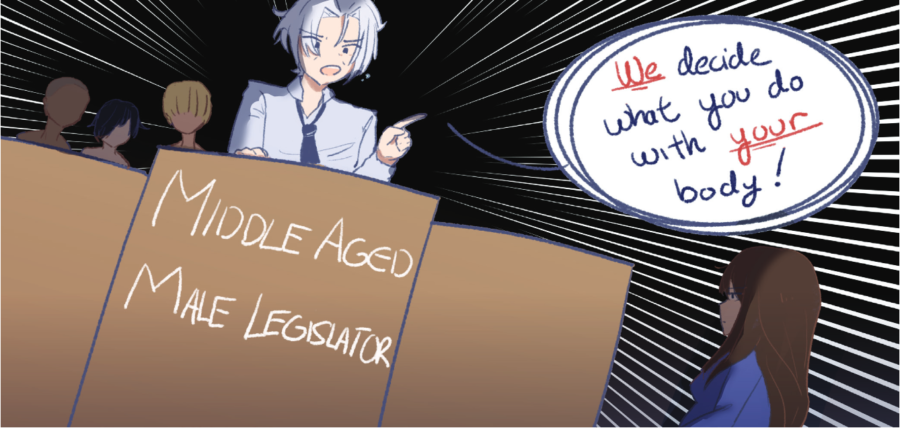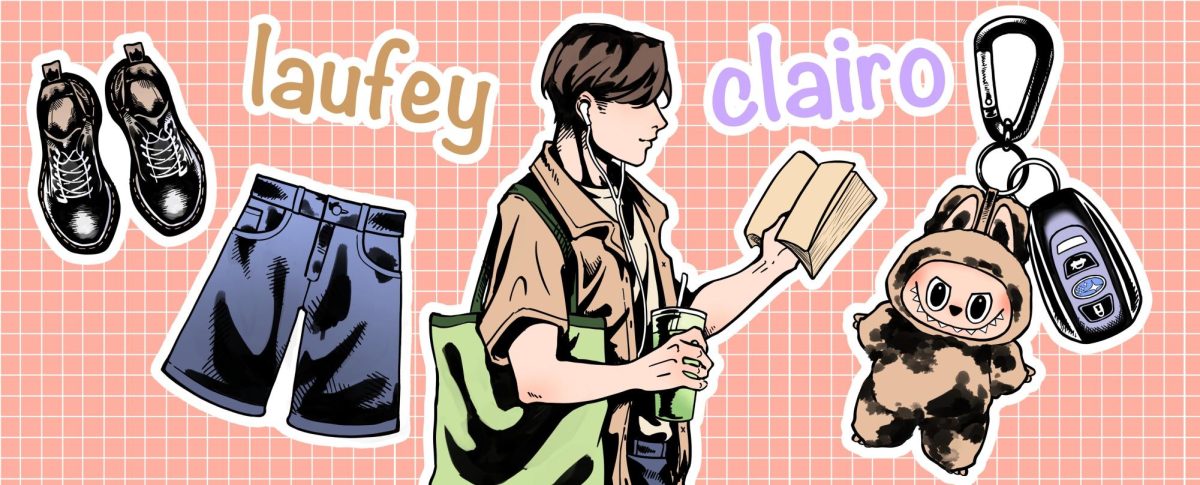Whether you need an essay on the Civil War, a proof for the Vertical Angle Theorem or a script for a comedy movie, ChatGPT meets your demands in a matter of seconds. In November 2022, OpenAI, an artificial intelligence research laboratory funded by Microsoft, developed a chatbot that can retrieve and repackage information after a simple input of a prompt. The software extrapolates from a dataset of over 10 billion words and 8 million documents to synthesize an appropriate and cohesive response.
While the prospect of a chatbot that can generate information was met with delight across the internet, many educators were less than amused. Within the same week, the Atlantic declared the death of the college essay and the end of high school English, and teachers are wary of the implications of a new technology. According to Forbes, a growing number of schools are banning ChatGPT due to a growing concern of academic dishonesty and stifling creativity.
But before we declare this to be the end of the future of English, we must look at the invention as an opportunity to reshape learning in the classroom. The program inputs information and returns a response derived from previous searches on Microsoft’s search engine, Bing. The essays, while containing advanced diction and syntax, are distinctively lacking in creative adjectives, features that distinguish human writing. Rather than a solution, the technology should be utilized as an insightful starting point: a student can use ChatGPT to generate ideas and construct a rudimentary outline. With an effective antidote to writer’s block, students can focus on weaving complex thoughts, imagery and descriptive language.
Teachers, too, can benefit from the AI program. While it can be used at their own discretion, teachers can ask ChatGPT to give students feedback on assignments, create rubrics and even give inspiration for lesson plans. Furthermore, they can use the application to write sample essays, and ask it to generate prompts and questions to facilitate discussion. According to a nationally representative survey of teachers conducted by the Edweek Research Center, the average teacher works 54 hours a week, but less than half of that time is spent teaching students. By simply pasting essays into the program or asking it to type an email, Chat GPT can assist educators with general administrative work and grading. However, this isn’t to say that it can replace human feedback and interaction in the classroom. Just as students can use it as a tool to complete essays, teachers have that same flexibility to brainstorm ideas and create a more enriching classroom experience.
There is still a concern with potential cheating, as the software can produce a basic essay. However, Chat GPT is not breaking an education system, but rather calling attention to a system that is already broken. With the prevalence of rubrics and standardized test essays, many classes have tailored their essays to the notorious five paragraph structure. However, rather than resisting the chatbot, we should consider whether assignments completed by a chatbot are really a worthwhile measure of learning. Nothing can follow a formula writing style better than a computer program that works off of algorithms. Rather than have students mindlessly follow a set structure, teachers should teach students to start with ideas and work on how to best express them.
Because we cannot completely ban Chat GPT, we should embrace it with caution. Humans have made similar technological advancements — such as PhotoMath, which can complete a math problem with a quick scan — and Chat GPT is only one of them. Already, a Princeton University student has developed a program to detect the use of Chat GPT, meaning teachers will soon be able to see if the software was used for more than just a skeletal outline. Chat GPT is another development, and we have to define what its future will look like — not have the program write it for us.
The Spoke Editorial Board voted 18 in favor of this editorial, with 1 person abstaining.






















































































